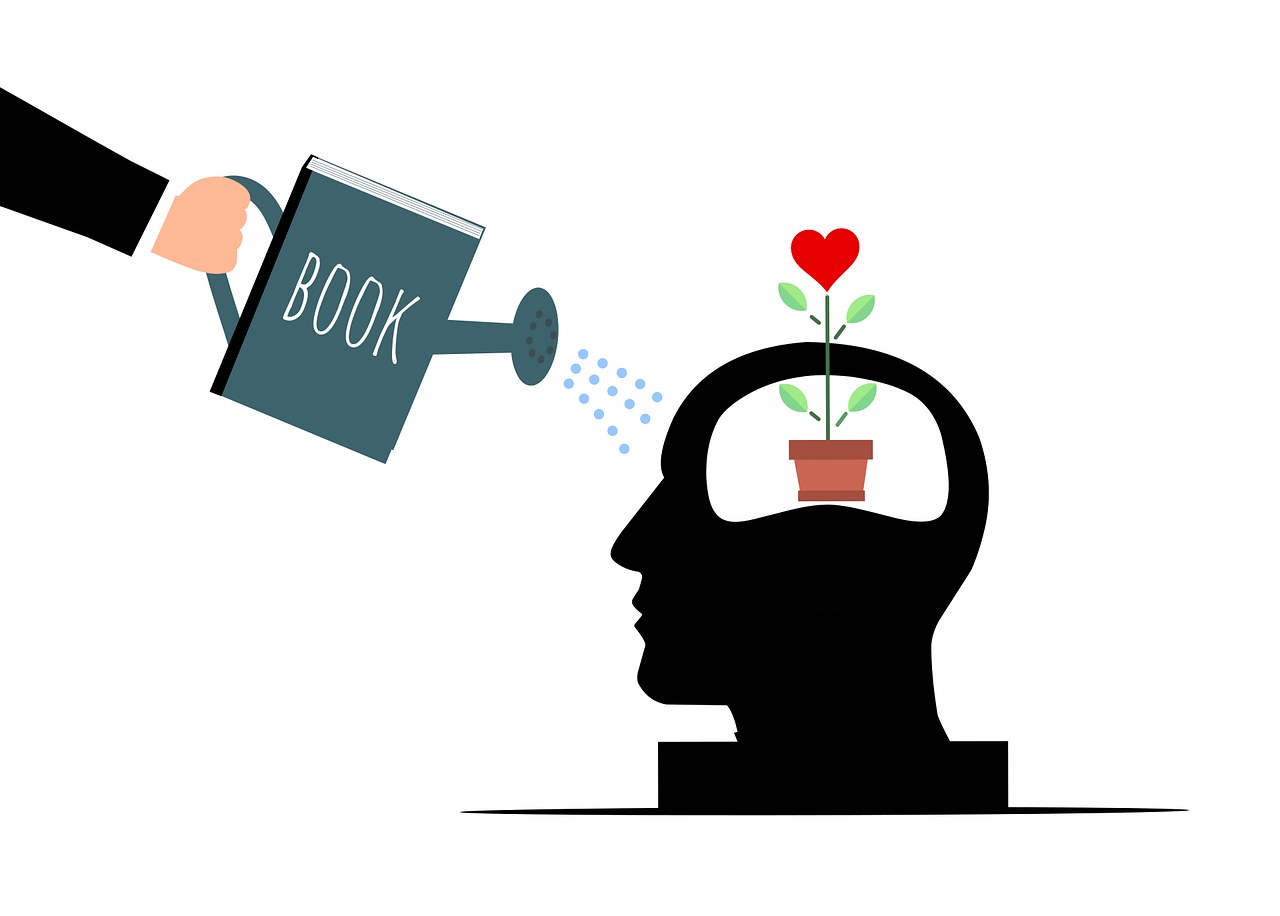Even the most devoted couples hit patches where desire and closeness feel out of sync – a stretch often defined by sexual frustration that lingers longer than anyone wants to admit. You may love your partner deeply yet bristle at small things, retreat from touch, or notice your mind drifting during intimacy. None of this means the relationship is broken. It signals that the two of you have entered a season that calls for patience, curiosity and a return to simple connection. Addressing sexual frustration early prevents resentment from taking root and keeps tenderness in play while you figure things out together.
Why frustration shows up in long-term love
Life rarely arranges itself around romance. Work deadlines, childcare, family obligations, health changes, money worries – they tug attention away from the bedroom and dampen spontaneity. Over time, routines replace novelty, and minor annoyances start to speak louder than affection. Sexual frustration grows in that gap: you still care, but you feel disconnected from the ease and heat you used to share. Naming sexual frustration for what it is gives you a starting point instead of a stalemate.
Common signs you may be stuck in a rut
-
No contact or cool contact. Touch dwindles to logistics – a quick peck, a brush past in the kitchen – while real cuddling or sensual time gets sidelined. If you notice you’re avoiding lingering hugs, bedtime spooning or morning kisses, sexual frustration may be steering the wheel.

-
Everything grates. Habits that once felt quirky now irritate. A laugh seems too loud, a driving style too cautious, the placement of shoes somehow symbolic. Irritation can be a proxy for unmet needs; when pleasure is scarce, sexual frustration finds an outlet in everyday friction.
-
Minds that wander. Fantasies are normal, yet if you need to conjure someone else just to stay present with your partner, it’s a signal. The issue isn’t the imagination – it’s the emotional distance and sexual frustration underneath.
What you can do – practical moves that change the tone
Getting unstuck is less about grand gestures and more about steady, human steps. The ideas below rework familiar wisdom into actions you can try right away, so sexual frustration loses its grip as connection returns.

-
Make space for intimacy, not just sex. Attraction thrives on attention. If evenings blur into chores and screens, create a protective bubble on the calendar – a recurring block that the two of you treat as non-negotiable. Keep it simple: dim lights, soft music, phones out of sight. Maybe you talk for twenty minutes first, maybe you share a bath, maybe you simply lie close and breathe together. When time for intimacy is consistent, sexual frustration has fewer chances to escalate. Think of it as tending a small flame: steady oxygen, not a one-time blast, keeps it alive.
Scheduling isn’t unromantic – it’s respectful. It tells both nervous systems, you matter. Start with an amount of time that you can truly protect. If life gets loud, shorten the block before you cancel it entirely; continuity matters more than duration when you’re defusing sexual frustration.
-
Flirt on purpose throughout the day. Tiny sparks during ordinary moments build anticipation later. Swap playful messages, whisper something suggestive in passing, leave a cheeky note in a coat pocket, or share a memory of a time that felt electric. Use technology as an ally – a mid-afternoon text that says, thinking about that kiss – and let your partner know they’re desired for who they are, not only for what happens in bed. Consistent flirtation warms the emotional climate and eases sexual frustration before you even touch.

-
Explore solo pleasure as a guide, not a workaround. Self-stimulation can relieve tension and teach you what your body wants today, which may differ from last year’s preferences. Notice pace, rhythm and pressure. Do you crave slow build or quick release? Share those insights kindly – “I’ve learned I’m really into a longer runway lately” – so your partner has a map. Using your own experience to articulate concrete guidance turns sexual frustration into useful information.
-
Empty stress from the system first. It’s hard to feel playful when your body is braced for impact. Choose a stress-reset ritual you both can access: a walk after dinner, a short stretch together on the living-room rug, five minutes of shared deep breathing, or a kitchen dance to one song. Movement tells your nervous system, we’re safe now. When tension softens, desire can resurface, and sexual frustration loses its intensity.
-
Channel restless energy into nourishing hobbies. Idle annoyance tends to spiral. Give it somewhere healthy to go: tend a garden plot, learn a new recipe, pick up an instrument, climb at the local gym, tackle a home project you will both enjoy. A hobby inserts pride and novelty into your week – two ingredients that brighten mood and blunt sexual frustration. Share progress with each other; admiration is a powerful aphrodisiac.
-
Practice generous self-care. Treat your body like a teammate. Sleep as well as you can. Hydrate. Move in ways that feel good. Update a haircut or choose clothes that help you feel confident. None of this is vanity – it’s basic fuel. When you feel at home in yourself, you bring more warmth to the relationship, and sexual frustration has less room to echo. Consider rituals that soothe your senses: a slower shower, lotion that smells like a memory, music that loosens the shoulders. Small acts compound into a friendlier inner climate.
-
Learn something new together for the bedroom. Ruts fade when curiosity arrives. You might try an extended kissing session with no goal beyond enjoying the moment, experiment with different pacing, or trade guided touch – “show me with your hands the pressure you like.” Keep expectations light, humor close, and consent central. A simple rule helps: one explorer, one narrator. Swap roles halfway. Turning learning into play reframes sexual frustration as a shared adventure rather than a private burden.
-
Invite helpful props and textures. Lube, pillows, a softer blanket, a toy you both find intriguing – tools are not admissions of failure; they’re additions to your toolkit. Start with gentle options if you’re tentative, and make the shopping part fun. Wander a store together or browse online side by side, talking about what catches your eye and why. The conversation itself builds intimacy, and when pleasure becomes more reliable, sexual frustration quiets down.
-
Accept the givens and adjust the game plan. Bodies change, schedules tighten, energy fluctuates. Naming realities – “mornings work better for me,” “my drive dips during high-stress weeks,” “medications shift my arousal curve” – lets you plan around them instead of taking them personally. Acceptance isn’t resignation; it’s strategy. When you stop fighting the facts, creativity returns, and sexual frustration stops feeling like a personal verdict.
-
Talk it through – sooner, slower, softer. Communication clears fog. Choose a calm window, not a heated moment. Sit side by side, perhaps on a walk where eye contact is optional, and lead with appreciation before concerns. Try this scaffolding: “I care about us; I miss feeling close. Here’s what I notice; here’s what I’d love to try.” Then switch roles. Keep the focus on experiences, not accusations. If the two of you keep looping, bring in a professional – an individual session can help you find words, and couples work offers a neutral room to practice new patterns. When the story is spoken aloud with kindness, sexual frustration often softens into solvable pieces.
Micro-habits that keep momentum going
Trade daily appreciations. One sincere sentence about something you noticed – a style choice, a problem they solved, a kindness they offered – feeds connection. Feeling seen dilutes sexual frustration because goodwill rises.
Use a reset phrase. Agree on words that de-escalate – “same team” or “let’s pause and breathe.” A shared script interrupts spirals before sexual frustration hijacks the evening.
Protect device-free windows. Even twenty minutes without screens makes touch and conversation more likely. Less distraction means sexual frustration has fewer places to hide.
Rebuild ritual. A signature hello hug, a nightly foot rub, Sunday coffee on the balcony – rituals create certainty, and certainty soothes. When your nervous systems trust the rhythm, intimacy grows and sexual frustration wanes.
How to speak about desire without defensiveness
Talking about intimacy can stir shame or fear. Make it easier by swapping judgments for curiosity. Instead of “you never want me,” try “I miss us – what would help desire feel safer for you right now?” Replace global statements with specifics you can act on: timing, context, pacing, or the kind of touch that invites relaxation. Offer choices – “cuddle and talk, shower together, or read and hold hands?” – so the path back to closeness feels spacious, not pressured. Pressure inflames sexual frustration; choice calms it.
Remember that mismatched desire is not a moral failing. It’s a coordination challenge. When one person feels rejected and the other feels overwhelmed, both are hurting. Naming that shared hurt – “we’re both frustrated, just in different ways” – turns the problem into a third thing you face together. Shared language is a bridge across sexual frustration.
When emotions run hot
Anger and hurt sometimes surface when needs go unspoken. Create safety before substance. If tempers spike, take a short break – a glass of water, a few breaths by an open window – and then return. Apologies help when words came out sharp: “I spoke from fear. Let me try again.” Repair is intimacy in action. Each repair weakens the pattern that keeps sexual frustration alive.
Keeping novelty without chasing extremes
Novelty doesn’t require theatrics. Try changing the scene – a blanket on the floor, a different room, music you associate with an early trip, or simply new lighting. Novelty resets attention and makes familiar touch feel fresh again. When you treat variety as play – not performance – sexual frustration has little oxygen. Be honest about boundaries and preferences; consent and comfort are what make experimentation feel liberating rather than risky.
Self-compassion for both of you
It’s easy to slip into self-critique when desire dips. Counter that impulse with a kinder narrative: “We’re learning,” “We’re adjusting,” “We’re on the same side.” Offer your partner the same grace you want for yourself. Compassion is not vague – it’s practical. It changes tone, opens ears and keeps your bodies from bracing. In that softened space, sexual frustration tends to melt, replaced by curiosity and warmth.
If you seek outside support
Sometimes guidance helps. An individual conversation can clarify your feelings and reduce the shame that often shadows sexual frustration. Couples sessions provide structured experiments, shared homework and a place to practice vulnerable dialogue. Think of help as coaching – you already have a team; you’re just refining plays that suit this season of life.
Bringing it back home
Closeness rarely snaps back with a single fix. It returns through a series of small, respectful choices repeated over time – choosing to make space, to flirt, to breathe, to learn, to accept what is and ask for what could be. The goal isn’t to recreate the earliest chapter; it’s to write a new one that fits who you are now. If you both keep leaning in, even gently, sexual frustration becomes less of a wall and more of a signpost pointing toward the work that matters. And that work – tender, imperfect, ongoing – is a love story in motion.